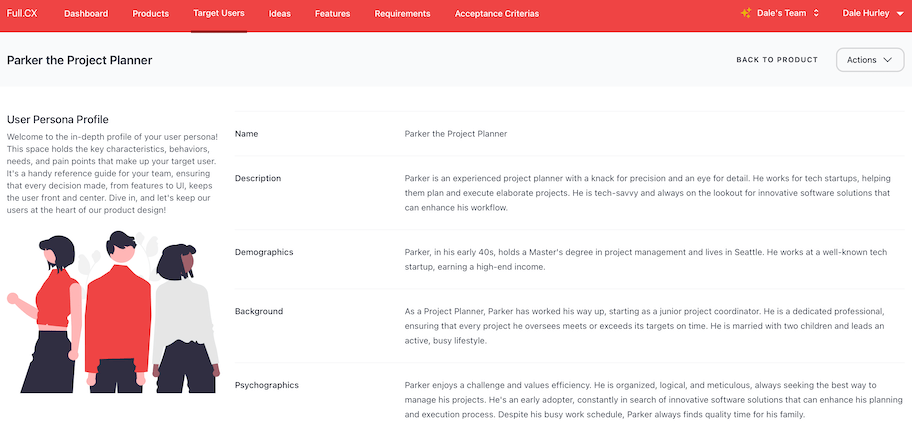In the competitive landscape of software as a service (SaaS), having a well-defined and efficient sales funnel is no less than gold dust. It not only structures the way potential customers interact with your service but also determines the success of your sales strategy. But what makes a SaaS sales funnel successful? Let's dive in and dissect each layer of this vital process.
The anatomy of a thriving SaaS sales funnel consists of several key stages, each designed to guide a potential customer from the first touchpoint to a closed deal and beyond. Imagine this funnel as a journey, where leads become prospects, prospects become customers, and customers become champions of your product.
1. Awareness – Catching the Eye
The first stage, awareness, is where potential leads learn about your SaaS product. At this point, it's all about visibility. Content marketing, search engine optimization (SEO), social media presence, and targeted advertising play pivotal roles here. The goal is to solve problems and answer questions that your target audience is searching for, establishing your brand as a thought leader.
2. Interest – Sparking Curiosity
Once you've caught their eye, the next step is to nurture the lead's interest. An effective way to do this is through engaging content like eBooks, webinars, or newsletters that provide more in-depth insights into the challenges your SaaS product addresses. Educational and informative content can turn a casual browser into a serious prospect.
3. Consideration – Making the Case
During the consideration phase, prospects evaluate how well your SaaS offering meets their needs. This is where free trials, live demos, and case studies come into play. It’s crucial to showcase the value and competitive advantage of your product, as prospects are likely comparing your service with others on the market.
4. Intent – Leading Towards a Decision
The intent stage is where potential customers show that they are close to making a purchase. They might sign up for a free trial or request a quote. This stage requires a more direct sales approach, with follow-ups from sales representatives to answer any remaining concerns and help leads understand the product's benefits.
5. Evaluation – Crossing the Ts and Dotting the Is
In the evaluation stage, leads are making the final decision. They might be in direct communication with your sales team, negotiating prices or terms of service. This is your opportunity to provide outstanding customer service and cement the relationship, assuring them of the support and updates they can expect as customers.
6. Purchase – Sealing the Deal
The purchase is the ultimate goal of the funnel where the lead becomes a paying customer. But the work doesn't stop here. Smooth onboarding processes, effective customer support, and an excellent overall user experience are crucial to reduce churn rates and increase customer satisfaction.
7. Retention – Building Relationships for Growth
Last but certainly not least is the retention stage. Retained customers provide recurring revenue and can act as brand ambassadors. Through nurturing strategies such as regular updates, ongoing support, tailored content, and loyalty programs, you can ensure that your customers remain happy and engaged with your product long-term.
8. Advocacy – Building a Community
At the top of the success pyramid sits advocacy. When customers are not just using your product but are actively promoting it to others, you’ve hit a home run. Encourage this by creating a community around your service, gathering feedback, and implementing referral programs.
Takeaways are clear: an effective SaaS sales funnel is about understanding the customer journey, providing value at each stage, and optimizing the flow to nurture leads efficiently. In doing so, you convert prospects into loyal customers and then into enthusiastic promoters of your brand.
As SaaS ecosystems continue to evolve, remember that adaptation and personalization are key. Keep testing and tweaking your sales funnel to align with changing behaviors and market trends, and don't be afraid to innovate. The digital landscape is ever-changing, and the successes of tomorrow belong to those who stay ahead of the curve.
Empowering Your Product
Team for Success.
Start using Full.CX today.
Smart tools to streamline your transition from concept to concrete specifications.

